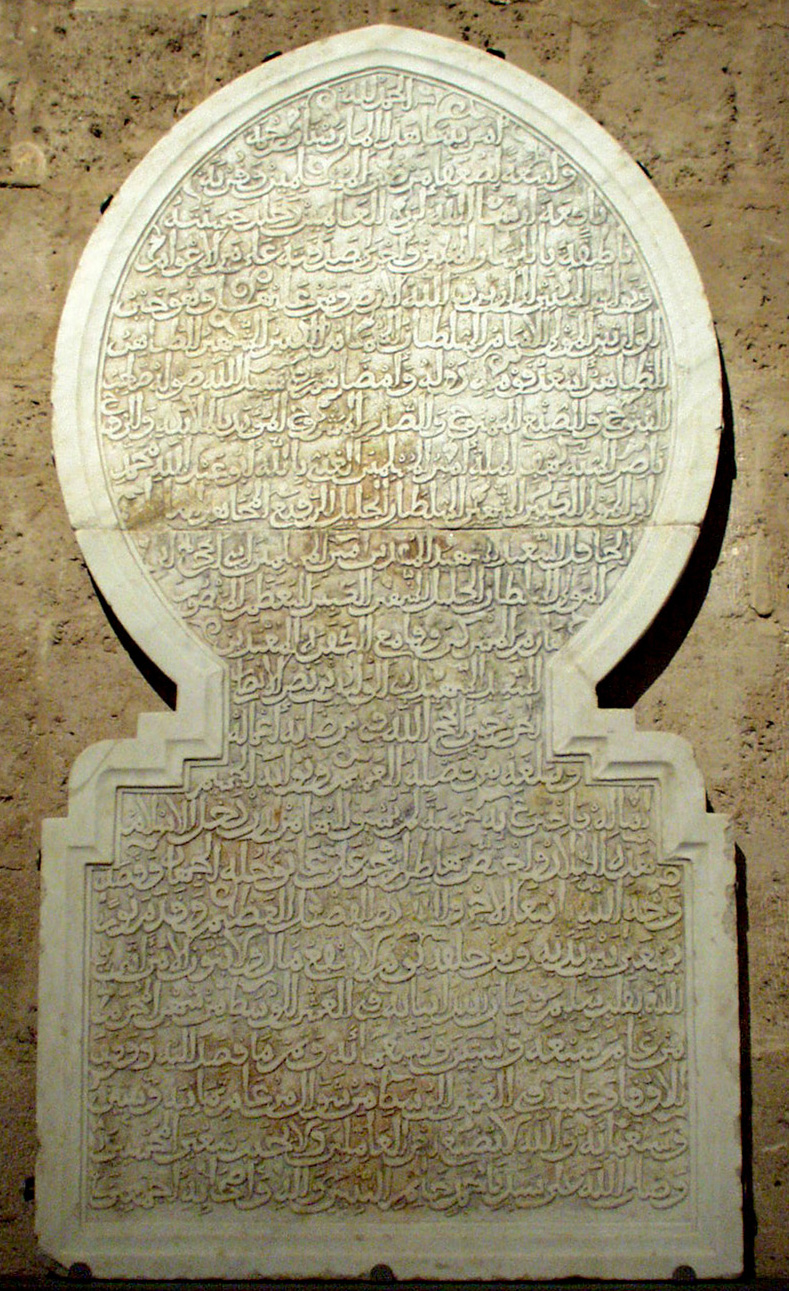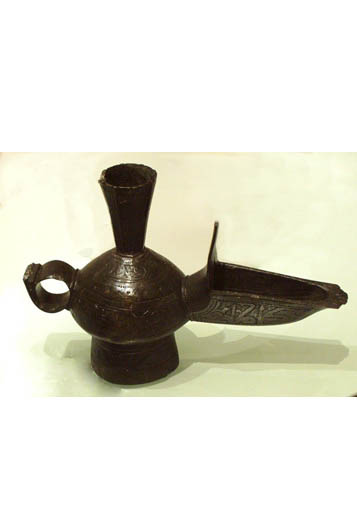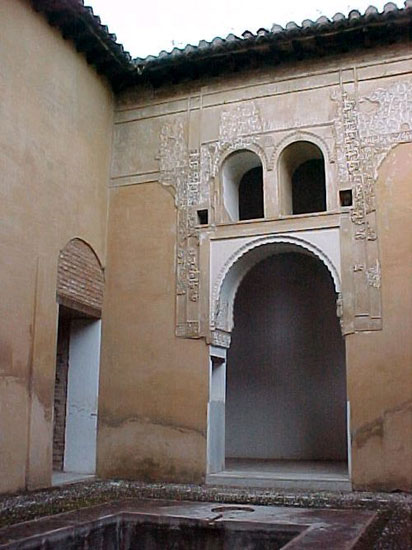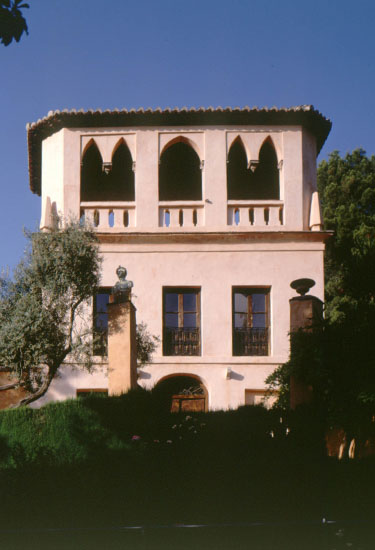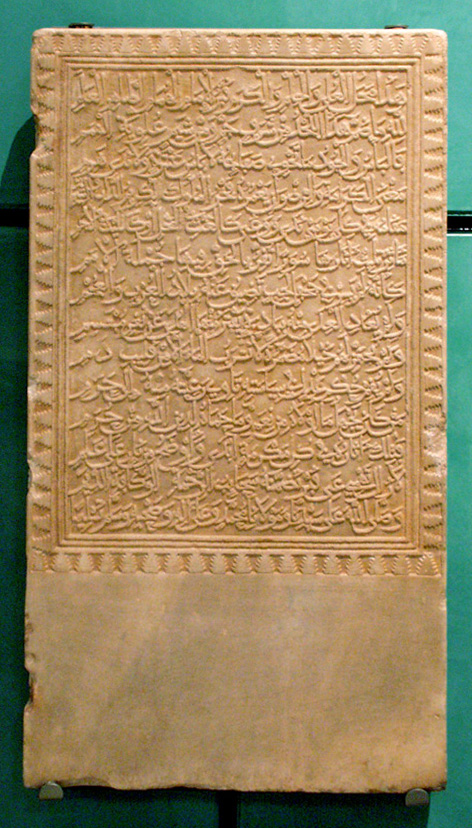The Sundial
The Patronato de la Alhambra y Generalife presents the sundial as piece of the month (May) in the Museum of the Alhambra. This is a free activity, organized by the Patronato de la Alhambra y Generalife and held by the art historian María Soledad Gómez every Saturday in May, from 12:00 on, in Room I of the Museum. Al-Andalus was excelling in many different science studies, and especially astronomy was outstanding for its development until reaching a high level of perfection. Over and above cosmology and theoretical mathematics, the science of the stars has an array of practical applications through the construction of astronomical instruments used in everyday life, such as this sundial.
This piece is made of a trapezoidal marble panel and belongs to the type of horizontal natural-hours-sundials which divide the day and the night into 12 hours, equal for each day, but different depending on the season of the year. There are not only incision marks for the different hours, but also two arrows indicating the winter and summer solstice, as well as different zodiac symbols and Kufic inscriptions. In the center there has been a metallic style which now is missing, but whose shadow indicated the hours of the day.
But besides the eminently practical feature, sundials in Al-Andalus also had a religious function for indicating the daily prayer times. This function is shown in this sundial from the Museum of the Alhambra since it indicated the prayer time at noon and in the afternoon.
In the talk, all different elements of this interesting object, as well as its function and its use will be analyzed in detail. In the talk, Gnomic poetry and Sciagraphy or the science of shadows will be involved, as well as their application in this sundial. Also its particular features and anomalies will be studied in comparison to other examples of the same time, as the sundials from Madinat al-Zahra or the one preserved in the Archaeological Museum of Almería.
Opening hours: Every Saturday in May, at 12:00 noon.
Location: Room I, Museum of the Alhambra, Palace of Charles V.





 Contact
Contact






